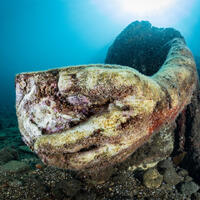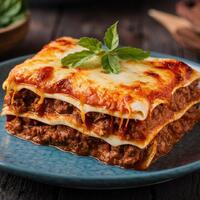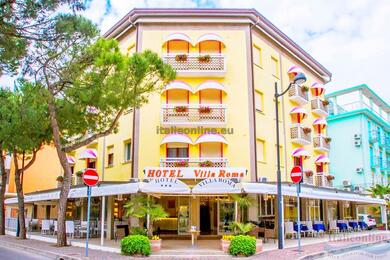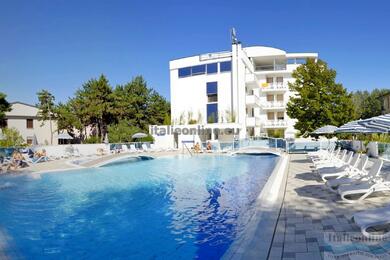The islands are known for their rich history, breathtaking nature and unique geological formations. They are easily accessible by ferry or boat from Sicily or Tropea. The best time to visit is from May to October, when the weather is warm and sunny. The islands have a pleasant Mediterranean climate. Their coastline is rugged, full of steep cliffs. There are places suitable for diving, but few beaches. The islands are a UNESCO World Heritage Site.
History, culture and natural beauty
The islands have been inhabited since prehistoric times. They are named after the Greek god of the winds, Aiolus, who according to mythology lived on the islands. In the Middle Ages, pirates often found refuge here.
The capital of the archipelago is the town of Lipari on the island of the same name. Lipari is the cultural and historical centre of the islands, where you can visit the archaeological museum with its rich collections from the Bronze Age and antiquity.
The Aeolian Islands are famous for their volcanic activity. In addition to volcanoes, the Aeolian Islands offer beautiful beaches, crystal clear water and picturesque bays. The islands are ideal for diving and snorkelling thanks to the rich underwater life and clear water.
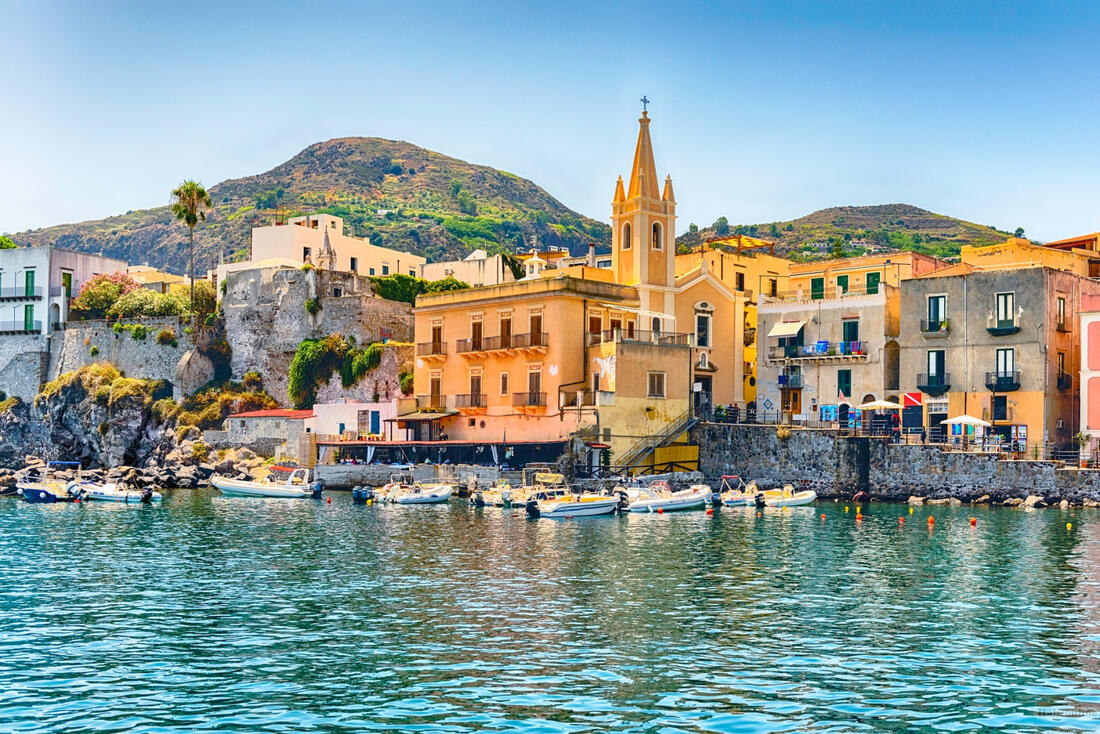
In addition to its natural beauty, the Aeolian Islands offer a number of cultural and historical sites. On the island of Lipari you can visit the Cathedral of St. Bartholomew, which dates back to the 11th century, or the castle, which offers a magnificent view of the entire archipelago.
The island of Salina is famous for its vineyards and the production of malvasia, a sweet dessert wine. The annual Salina Wine Festival attracts wine lovers from all over the world.

The smallest island of the Aeolian archipelago, Panarea has a lot to offer, especially in summer, when it literally bursts at the seams. The mostly wealthy elite spend their sunny days here in luxurious villas or on lavish yachts moored around the island. No wonder, the turquoise blue bay of Cala Junco invites swimming and relaxation .
Alicudi is the westernmost of the Aeolian Islands. There are no roads on the island, only a set of staircases connecting the various settlements and houses scattered on the volcano's slope.
The western rugged coastline of Filicudi is suitable for diving. At Capo Graziano there are archaeological excavations, the foundations of circular buildings. There are about 160 permanent inhabitants.

Vulcano is an island whose very name suggests a volcanic origin. The volcano is still active, but it is under the watchful eye of seismologists, so you don't have to worry. It is one of the most visited islands in the Aeolian archipelago. You should definitely not miss the black lava sand beach here. On the island of Vulcano you can visit the sulphur springs and mud baths, which are popular for their healing effects. After a while, you will no longer notice the smell of sulphur.
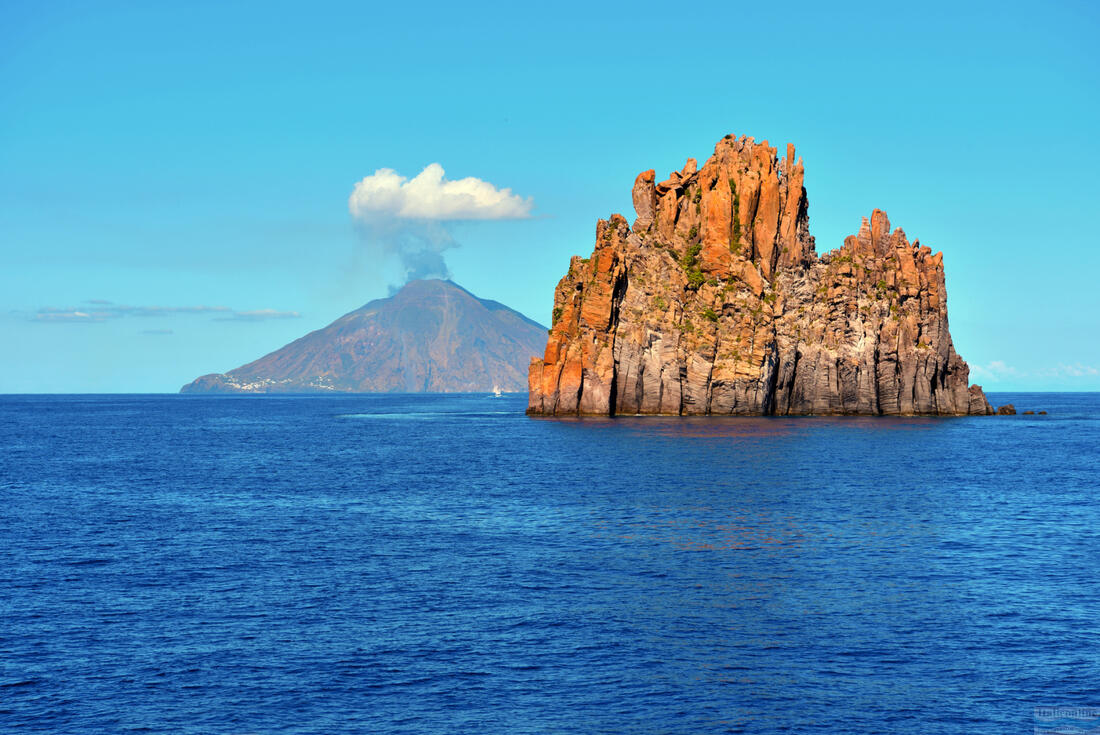
Stromboli is the northernmost of the Aeolian Islands. On the islet there is a lighthouse of the Navy, uninhabited and automated. Stromboli is one of the most active volcanoes in the world and its regular eruptions, visible from the sea, are a unique experience. Daily excursions into the crater of the volcano are organised with expert guides, which take you to an altitude of over 900 metres. However, you can also visit the village of Ginostra, where mules are the only means of transport and which is inaccessible by land from any other inhabited part of the island (only accessible by boat). A characteristic feature of the island, apart from the narrow streets, is the lack of night lighting in the streets. You will, however, see a spectacular night sky dotted with stars.


